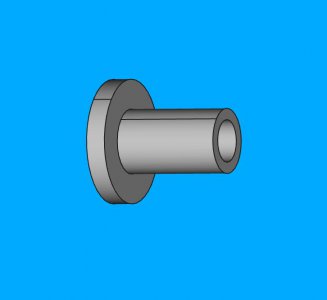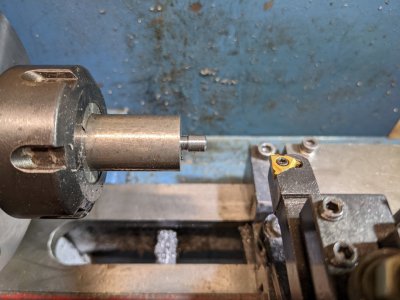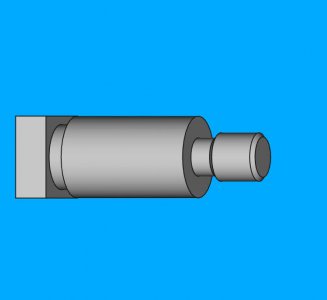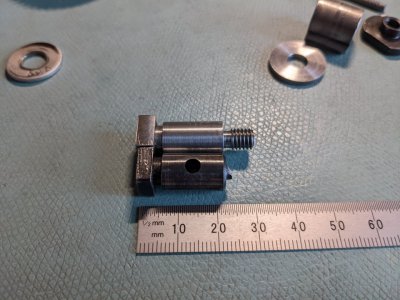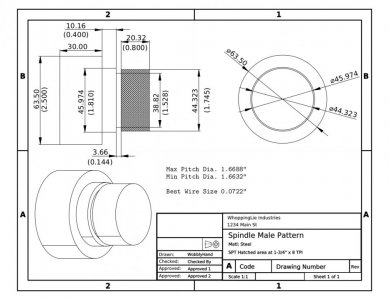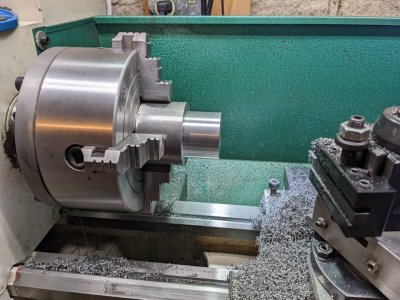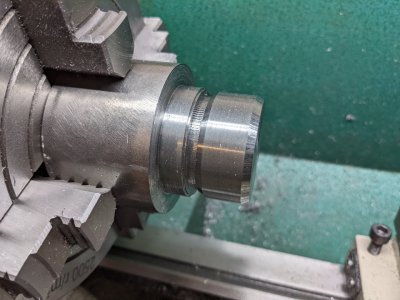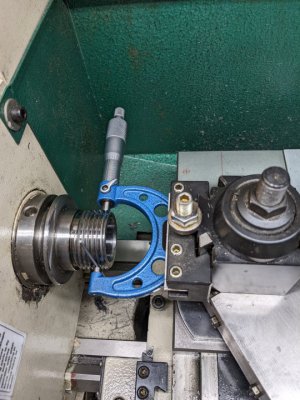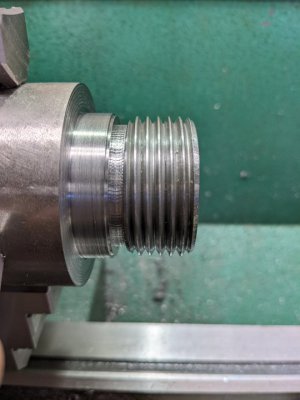- Joined
- Dec 18, 2019
- Messages
- 6,464
Thanks to @mmcmdl, I have a P4 blade for the male spindle thread copy. He also has graciously loaned me a Kennametal 3/4" LH threading bar for the internal threads. Much appreciated!
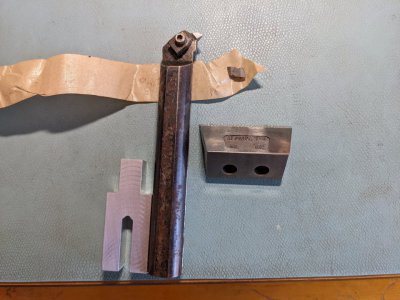
When I get my lathe operational again, I will make the spindle template. Had a gear shaft break this morning. Looks like the shaft fractured in the thread relief. The last couple of days I was having issues with the clip falling off the gear shaft after about 15 minutes of turning. Real annoying. Now I know why it was happening. Have a couple of spares on the way. Parts were cheap, the shipping costs were relatively large compared to the part. $18.50 for parts, $11 for shipping and handling. Minor blip in life.
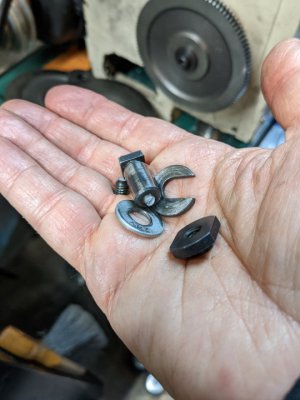

When I get my lathe operational again, I will make the spindle template. Had a gear shaft break this morning. Looks like the shaft fractured in the thread relief. The last couple of days I was having issues with the clip falling off the gear shaft after about 15 minutes of turning. Real annoying. Now I know why it was happening. Have a couple of spares on the way. Parts were cheap, the shipping costs were relatively large compared to the part. $18.50 for parts, $11 for shipping and handling. Minor blip in life.



